Salt: Everything You Need to Know
When you hear the word “salt” what comes to mind? At first, you may think how well it seasons your steak-cut french fries or adds flavor to your favorite cut of steak. But then you are reminded how your doctor may have told you to be careful with how much you consume.
Your doctor is right. Too much salt in our diet can cause a number of different health issues. Keep reading to discover more about salt: everything you need to know.
Salt: Everything You Need to Know
The minerals that we put into our bodies play important roles in the overall function of the body and the various “systems.” What’s surprising, is that salt is one of those minerals that our bodies need. Why I Store Salt And You Should Too-Sodium Numbers
Without salt in our diets, our bodies become deficient and cannot function up to par.
Our bodies need salt just so that we can survive. That said, it’s not a good idea to completely remove salt from our diets. What we need to do is to find that healthy balance.
There are probably several other things that you don’t know about salt that could be useful to you. I’d love to share with you about salt and everything that you need to know.
Interesting Facts
You may have always thought that sodium and salt were the same things, but in fact, they are slightly different. Sodium is the mineral, and one of the chemical elements found in salt, while salt is the crystal-like compound that is used to preserve and flavor food.
Most of the salt that you eat comes from saltwater or has been mined from within the earth. How is that for salt: everything you need to know?
Roman soldiers in ancient times were paid in salt. The root part of the word salary (salarium, Latin) is “sal,” or salt.
Every cell in your body contains salt. As adults, we have about 250 grams of it in our bodies. Salt is one of the leading factors in heart attacks and strokes among individuals.
Did you know that salt is addictive, similar to cigarettes and drugs? It stimulates the brain almost the same way. That’s why people who enjoy eating potato chips, and other salty foods, have a harder time staying away from it.
Varieties
There are 12 different types of salt that can be found. They come in different textures, sizes, tastes, and colors. Let’s take a closer look at a few of them.
Table Salt
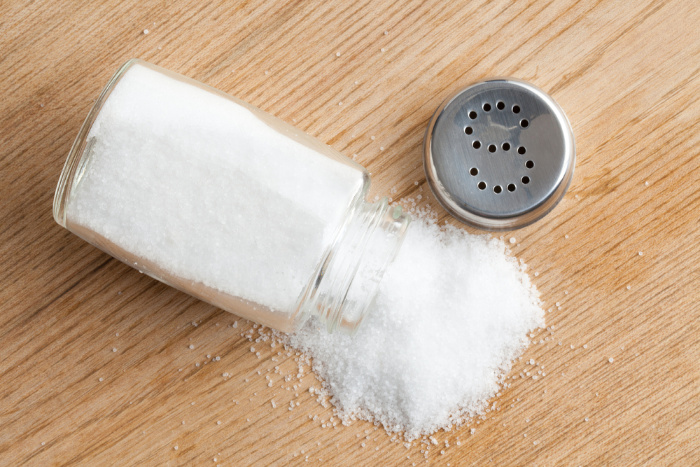
Table salt is the most common of the salts. It’s finely ground and iodized, yet has impurities and certain minerals have been removed.
Kosher Salt
Kosher salt is larger and flakier than table salt and adds a lot of flavor with just a pinch. It’s a good all-purpose cooking salt because of how easily it dissolves.
Celtic
Celtic, or sel gris, comes from the bottom of tidal ponds just off the coast of France. The grains are moist and chunky and add the finishing touch to fish and other types of meat.
Flake Salt
Flake salt is harvested from saltwater by evaporation. It has a flaky irregular shape to it but tastes great on meat.
Sea Salt
Sea salt is considered to be the healthiest type of salt, containing different types of minerals. It’s coarse and more unrefined, being harvested by evaporating water. Redmond Real Fine Salt
Pink Himalayan
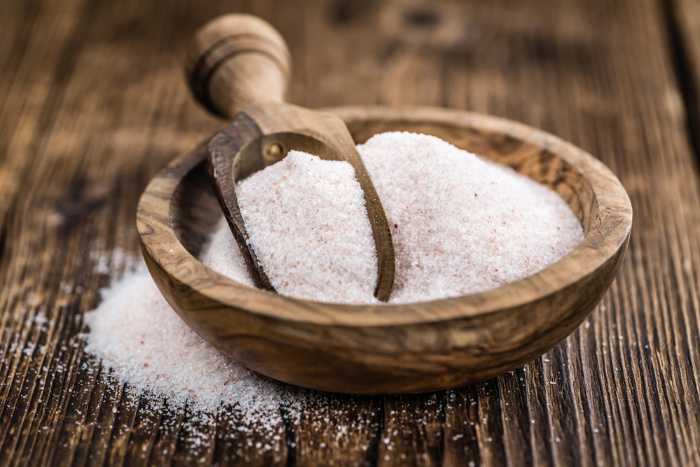
Pink Himalayan salt is the purest in the world, harvested in the salt mines of the Himalayas. It contains a staggering 84 minerals and is used for spa treatments as well as for cooking. Pink Himalayan Fine Salt
Fleur de Sel
The most expensive of all the salts, fleur de sel, can cost you $80 for just 5 pounds. That’s because of how scarce it is and how much more delicate the harvesting process is.
Health Benefits
Keeps You Hydrated
Believe it or not, salt plays a role in keeping your body hydrated, even though you may think it would be the other way around.
Salt helps maintain the proper amount of fluid in our bodies, and in turn, helps prevent muscle cramps, fatigue, and dizziness.
Helps Your Thyroid
Our thyroid gland plays a crucial role in metabolism, but without iodine that comes from salt, a deficiency can keep your body from producing enough thyroid hormones.
This can lead to symptoms including constipation, fatigue, sensitivity to cold, difficulty thinking, or an enlarged thyroid.
Prevents Low Blood Pressure
When your salt intake becomes too low, it can lead to low blood pressure. (hypotension). Certain symptoms include blurry vision, nausea, dizziness, and fainting.
Helps People who Struggle with Cystic Fibrosis
You might be surprised, but some people lose too much salt compared to others when they sweat. This means that they need to consume more water and salt just to stay hydrated.
If you struggle with this condition, ask your doctor how much salt you should be consuming. Some patients may need to take as much as 6,000 mg of sodium every single day.
Health Risks of Eating Too Much
Increases Water Retention
If you eat too much salt, your kidneys won’t filter the sodium from your bloodstream as easily. This forces your body to hold onto water, causing water retention and bloating.
Hurts Cardiovascular Health
With the increase of water in your body, it adds pressure to your heart and blood vessels. This can cause high blood pressure and can eventually lead to a heart attack or a stroke.
Stomach Cancer
People that eat too much salt on a regular basis increase the risk of stomach cancer.
Final Word
Americans eat an average of 3,400 mg of sodium every day, but should be consuming less than 2,300 mg a day. This is especially true for people who have diabetes, high blood pressure, or chronic kidney disease.
To put this amount into perspective, that’s only one tablespoon of salt that you should have each day. That’s not much, so it’s easy to see how quickly we can go overboard with it.
Not only does salt taste so good with whatever you put it on, but it also happens to have health benefits for you when staying at the suggested amount. What surprised you the most about salt?
Do you have any questions about salt: everything you need to know? May God bless this world, Linda
Basic Food Storage–Salt by Jennifer @ Prep School Daily
Copyright Images: Himalayan Salt Deposit photos_135829290_s-2019, Salt Shaker Deposit photos_7098828_s-2019, Kosher Salt Depositphotos_82801012_s-2019, Mineral Sea Salts Depositphotos_28944839_s-2019

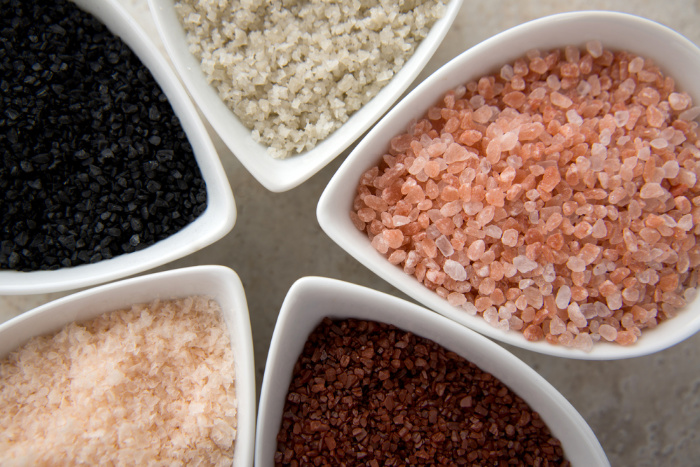

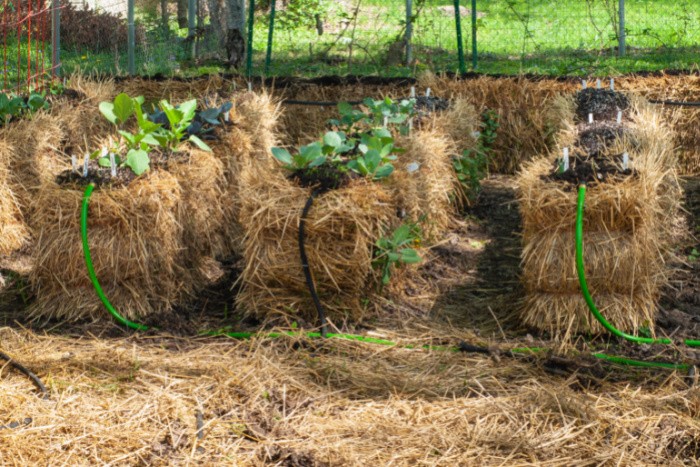

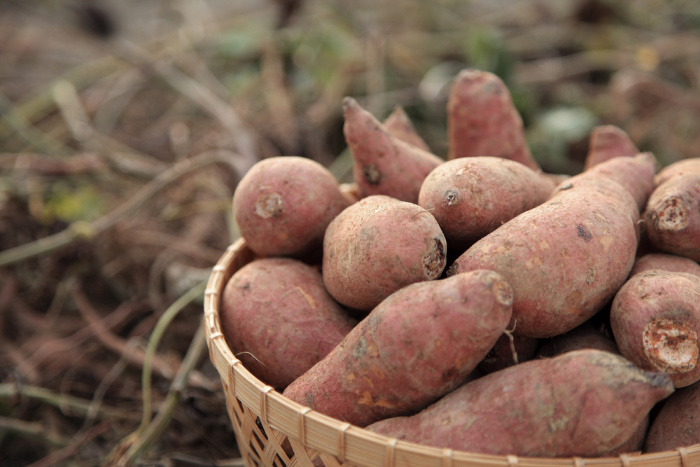
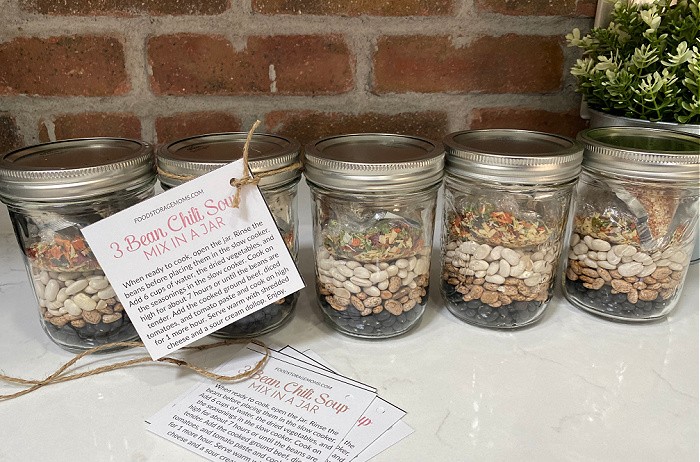

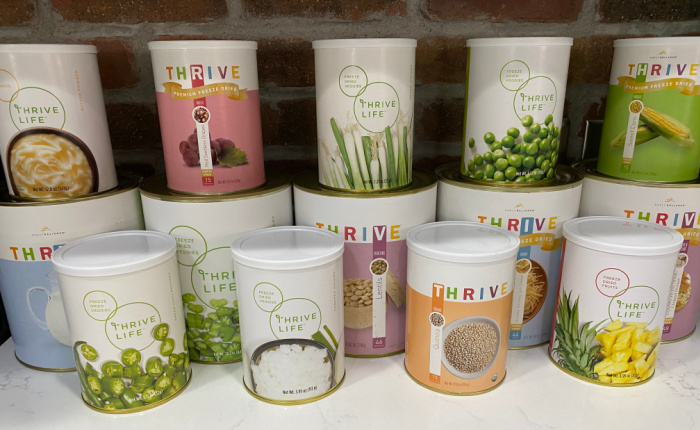










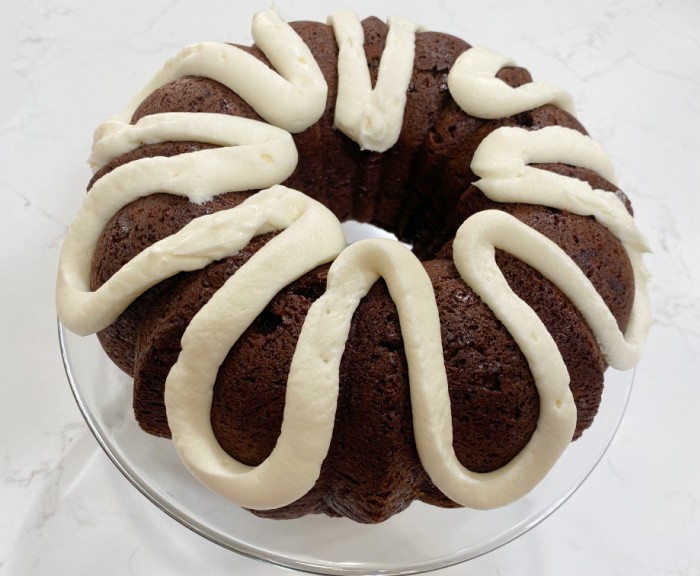


Hi Linda,
I posted an article on my blog over a year ago on salt as well, but I covered entirely different aspects–table salt, canning salt, plain salt, and iodized salt, the differences between them, the shelf life of iodized salt, and why it’s important to store iodized salt.
Thanks for a great reminder and stay healthy!
Hi Jennifer, that link is broken, I deleted it. Please send me the full URL, I think you have a secure website now, right? Linda
Hi Linda,
I’m not sure what’s going on here.
Here’s the full address: https://prepschooldaily.blogspot.com/2019/01/basic-food-storage-salt.html
Jennifer
I learned not to put iodized salt in foods that I pressure can. After a year, it gives a metaIllic taste. So I use non-iodized salt for canning, and I have stock-piled both kinds.
Hi Angela, I learned that in my Master Canning and Preserver classes. I haven’t bought Iodized salt in 40 years. In the class, it said it added a different color to the foods, and I bet it does add a metallic taste. Great comment, Linda
It is difficult to know how much and what kinds of salt to store. I have iodized sea salt that looks just like regular table salt in looks, taste, and grind; I store Himalayan sea salt and a grinder; I also store canning/preserving salt as well as rock salt. Since I live in an apartment with limited storage capabilities, I don’t store a lot of salt though.
I did just purchase a bag of Redmond Real Sea Salt popcorn grind (VERY fine grind) cause I eat a lot of popcorn!!
Since I live in a fairly humid area, I always re-package salt into quart jars and vacuum seal to avoid clumping.
Hi Leanne, I need to get the Redmond Real Salt popcorn salt. OH MY GOSH! Linda
You need non iodized for meat preservation.
Hi Matt, I have quick salt or something too. Thanks for the tip! Linda
I read somewhere a while back, that it’s worth the extra cost to get either Himalayan pink salt, or real sea salt (it will be more gray than white). There are far more trace minerals in those (hence the color). The modern salt-craving is apparently the body screaming for minerals. I’ll have to say there must be something to it–my husband used to heavily salt everything, but since I’ve been using almost entirely Himalayan, he uses much less (and his blood pressure went down!)
And also the pickling or canning salt for those uses. I used to be able to get it in 20-pound sacks at the feed store, but the last few years sadly they only seem to have the 5-pound “pantry” bags… (I sometimes use it on newly baled hay that’s a little iffy with damp, so need a lot!)
Popcorn salt–if you’ve got a mortar and pestle, make your own! That’s all it is, very fine salt. Only takes a few minutes!
HI Rhonda, I will try that!! Thank you for the tip! Linda